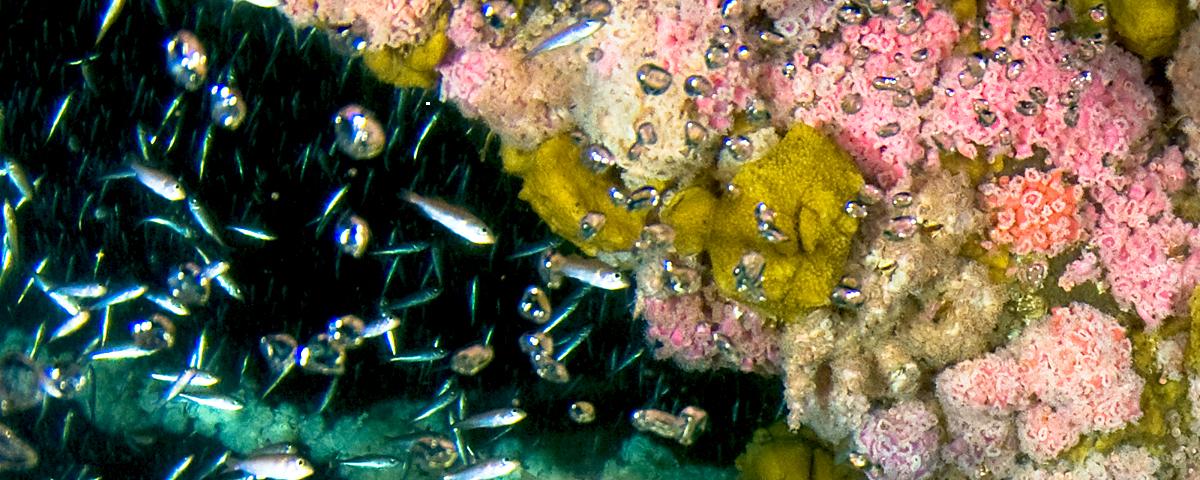State of the art of removing large platforms located in deep water. Final Report.
Abstract
From the Executive Summary: “This report is developed to provide a review of the state-of-the-art in decommissioning technology for the removal of offshore platforms located in deep water. The emphasis is on the Pacific Outer Continental Shelf Region (POCSR), but comparisons are made for the Gulf of Mexico. Three platforms (Hidalgo, Gail and Harmony) located in the POCSR have been selected to provide specific cases for evaluating cost and other issues related to different platform removal methods.
Although the three platforms selected for detailed evaluation are located in the POCSR, the cost algorithms generated by this study can be used to develop decommissioning estimates for deepwater platforms located in the POCSR and in the Gulf of Mexico Outer Continental Shelf region (GOMR). Specific areas of technology reviewed include lifting, transportation, disposal, and explosive and non-explosive severing techniques. The three removal methods evaluated (using the best technology currently available) were Complete Removal, Partial Removal (reefing-in-place) and Remote Reefing (or reefing off-site). TSB prepared decommissioning cost estimates for the selected platforms and cases, including an evaluation of cost sensitivity (risk) issues and the cost of alternative technologies (i.e., explosive versus non-explosive severing methods). TSB also assessed environmental and human safety risks for current and evolving decommissioning technology, and prepared specific recommendations for industry and federal/state support for future developments.
While a number of new technologies are currently being developed for the removal of offshore platforms, TSB has determined that standard removal technologies remain the best option for decommissioning deepwater platforms at the present time. Existing heavy lift vessels such as the Thialf, Siapem 7000, Hermod, Balder, and DB 50 are the most cost-effective and dependable topsides and jacket removal technology available at the present time. Additionally, explosives remain the safest, most dependable, and reliable severing technique available today in general.
Many of the alternative heavy-lift technologies reviewed may someday prove to be safer, more cost-effective ways to remove topsides and jackets. The designed load capacities for many of these systems are more than adequate for the topsides associated with deepwater platforms. However, deepwater jacket removal tends to be problematic for all alternatives reviewed.
Of the three removal techniques reviewed, Partial Removal is rated the highest in the majority of evaluation categories reviewed.
Overall, TSB found that the Partial Removal scenario, combined with proven heavy lift, severing, and subsea technologies, is currently the safest, most cost-effective way to remove offshore platforms located in deepwater. However, since a number of the new technologies reviewed are close to becoming viable, an ongoing assessment of these technologies will be necessary to remain abreast of the deepwater decommissioning state-of-the-art in the future.”

